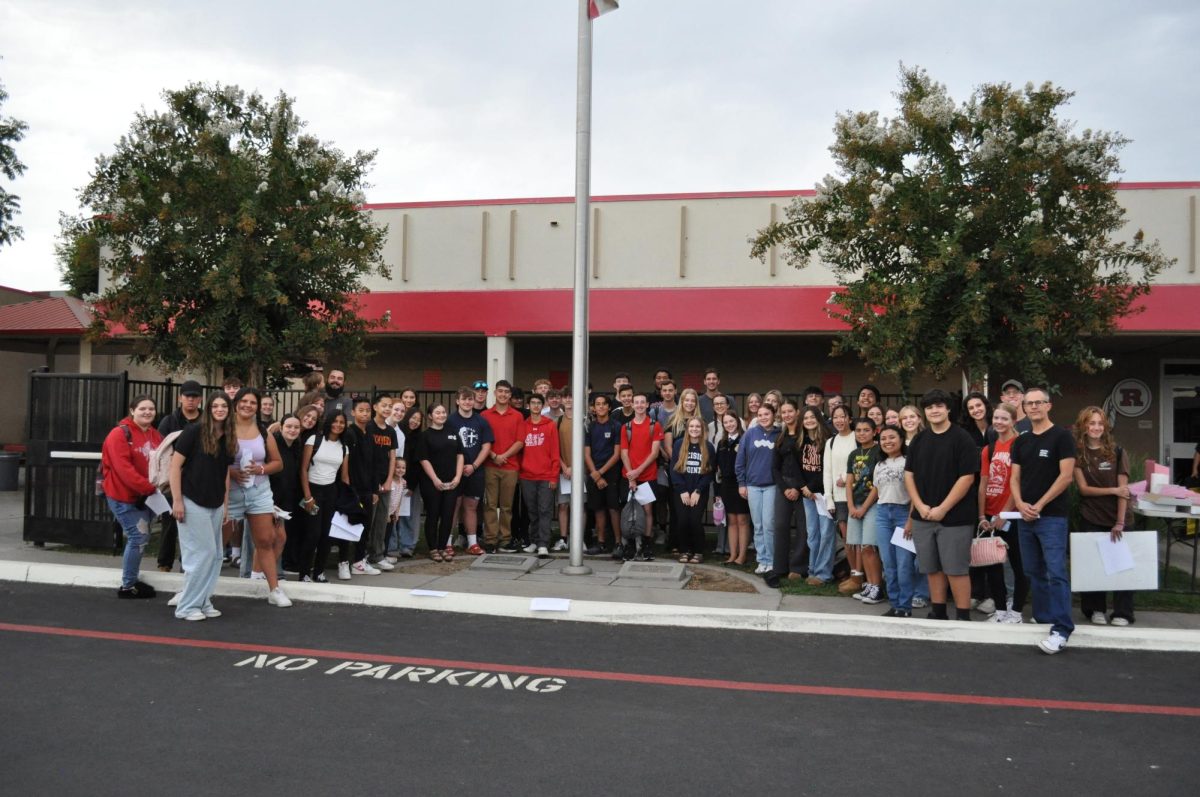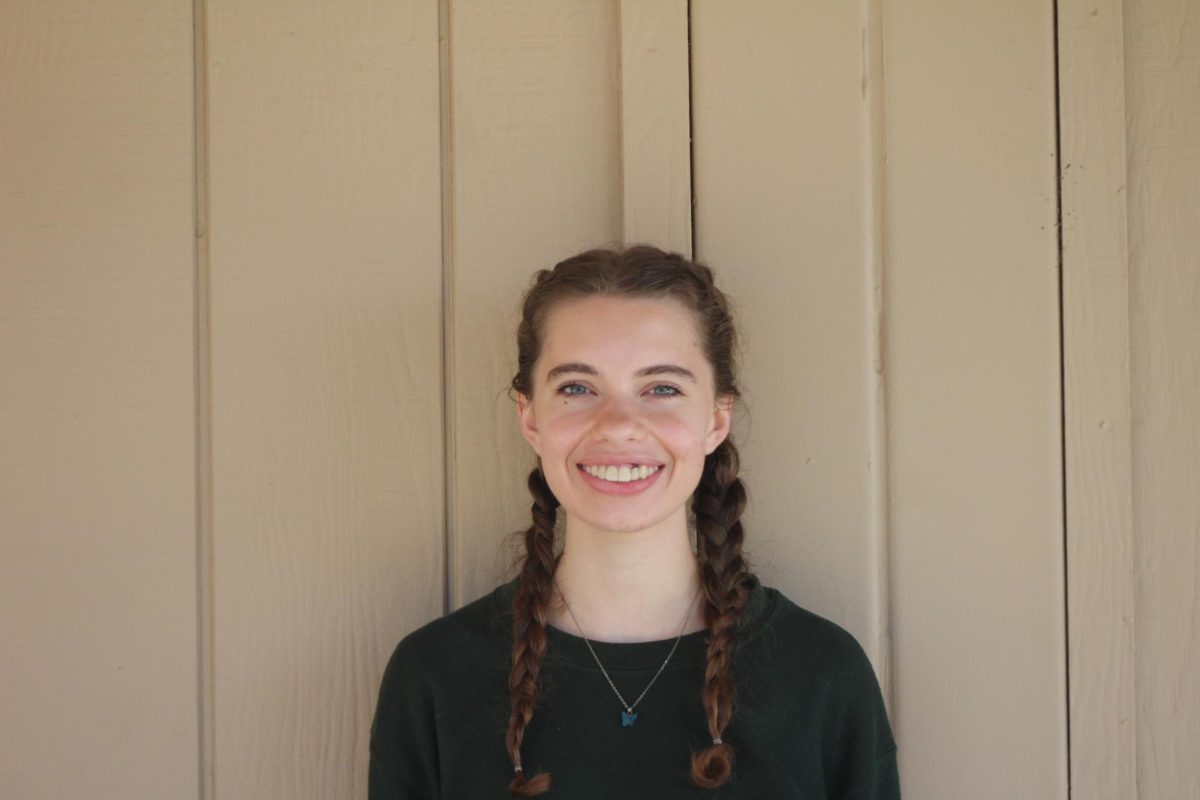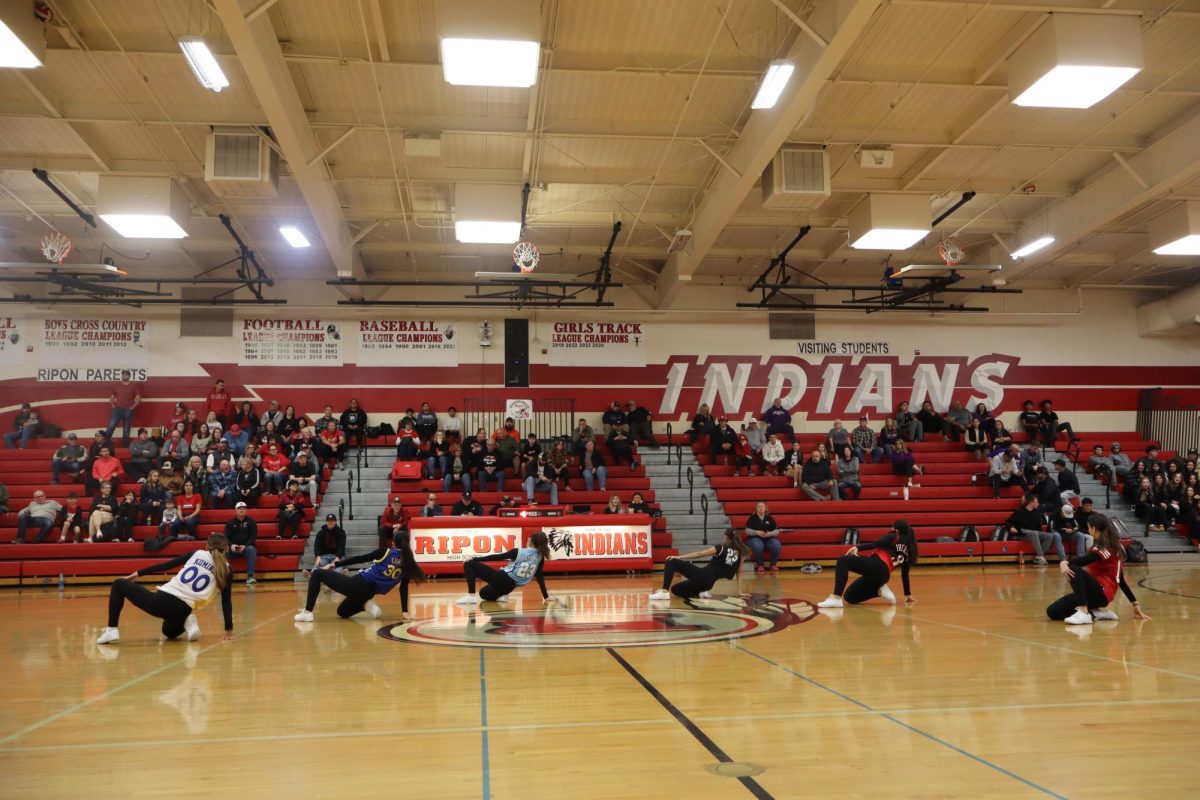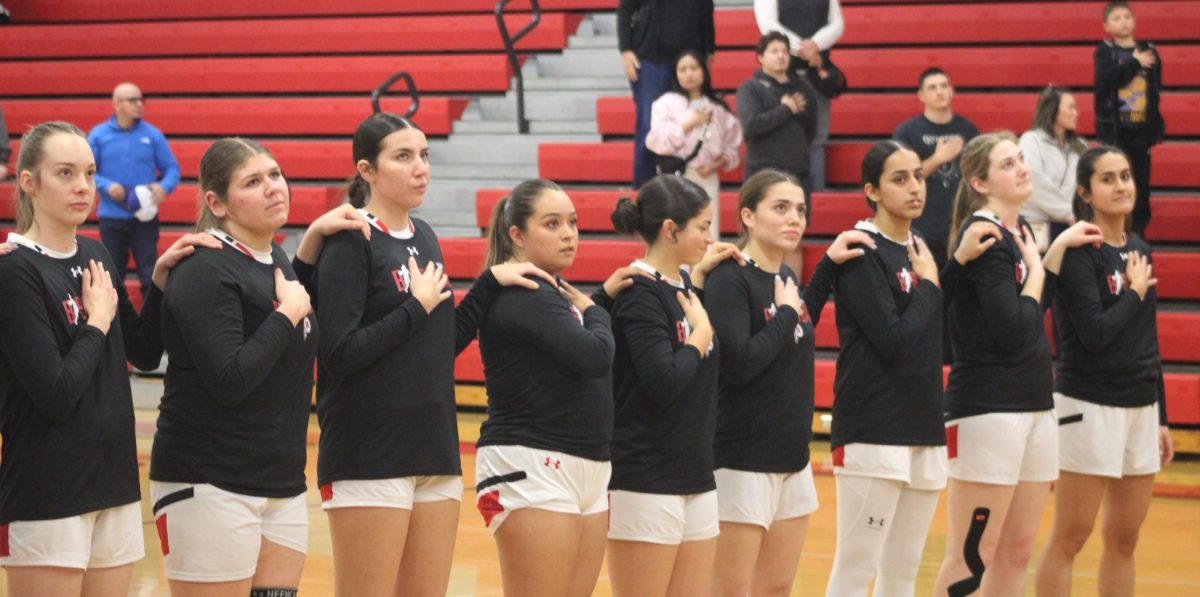Stress levels were high for seniors Cory Jacobo and Jared Chatas in Mr. Ruhland’s sixth period Physics class. It was Friday, December 16, the day their egg drop project was due, but their creation was a touch too big. Last minute adjustments had to be made in order to meet the project requirements and qualify for the competition.
Ruhland’s Physics course is known for intriguing experiments and projects, including the egg drop. The project requires an understanding of physics concepts such as momentum, velocity, gravity, and Newton’s Laws of Motion.
Students in the class were assigned to create a contraption no bigger than 8 inches tall and 8 inches wide. The goal of the project was to not only protect an egg from falling from 10 feet in the air, but the students also were striving to create the lightest project out of their fellow peers.
There were also limits on what materials could be used. Wood, metal, and food products were prohibited, but materials like paper, sponges, and rubber bands were permitted. Other materials used were cardboard, licorice tubs, straws, and styrofoam cups.
Inspiration for each project came from many sources. Students turned to Google searches, Pinterest, and even video games.
“I was playing Call of Duty, and I got bored. I started duct taping some straws together, and I just came up with this contraption,” explained senior Alonzo Mejia as partner and fellow senior Ian Flanders nodded in approval. “I’m 100 percent confident it’s going to survive.”
After the projects were measured and weighed, the students headed toward the announcers booth at Stoffer Field, where the eggs, which were provided by Mrs. Wilkerson, were dropped.
The first six projects unsuccessfully landed with cracks in the eggs. Some were worse than others, but all participants were upset.
“What kind of eggs are these?” exclaimed senior Matthew Mohler after his well-tested project failed.
The first and only project to succeed on the first run-through belonged to Chatas and Jacobo, who were able to modify their project in time to qualify.
Once their invention, affectionately called “The Black Mamba,” was dropped and it was realized the egg survived, the partners cheered in celebration.
Chatas was especially ecstatic about the results.
“We got the job done. Offense was key on this one. A lot of people said it couldn’t be done, but we just kept persevering and got the job done and got the A.”
After the initial test, two groups chose to repeat the experiment with the hopes of obtaining more favorable results. Mohler and partner Rhett Herrin, as well as senior duo Steven Kirkpatrick and Joelle Hylton, had failed on the first trial but succeeded with the second drop.
Thus, there was some discrepancy on who won the competition. Although Mohler and Herrin had a lighter project and did succeed one time, the victory was given to Chatas and Jacobo for being the only team to succeed on the first run-through.
In the end, Mr. Ruhland was pleased with how his students performed.
“I enjoyed it, and I thought everyone gave it a good effort,” said Ruhland.









